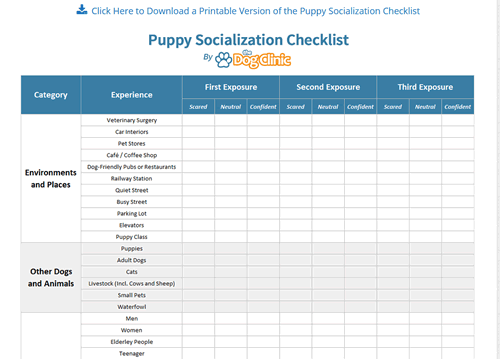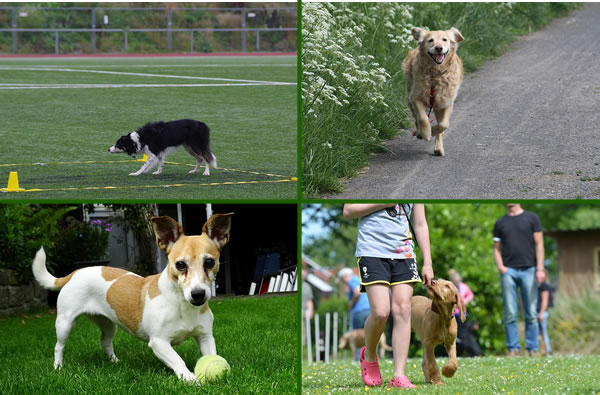Contribution from Richard Cross
Editor of TheDogClinic.com
Puppies that have positive experiences with a wide range of dogs, environments, people and objects grow up to be less stressed and more adaptable. This is why socialization is one of a new dog owner’s most important tasks.
It can be hard to keep track of your dog’s experiences though. To help new dog owners, The Dog Clinic has created a checklist for puppy socialization. This is great for printing and sticking on your fridge, so everyone in the household can see your dog’s progress.
Socialization isn’t just about giving your dog lots of experiences though – these experiences need to be positive and controlled. The article also contains a complete guide to safely socializing a puppy with almost any new experience.




